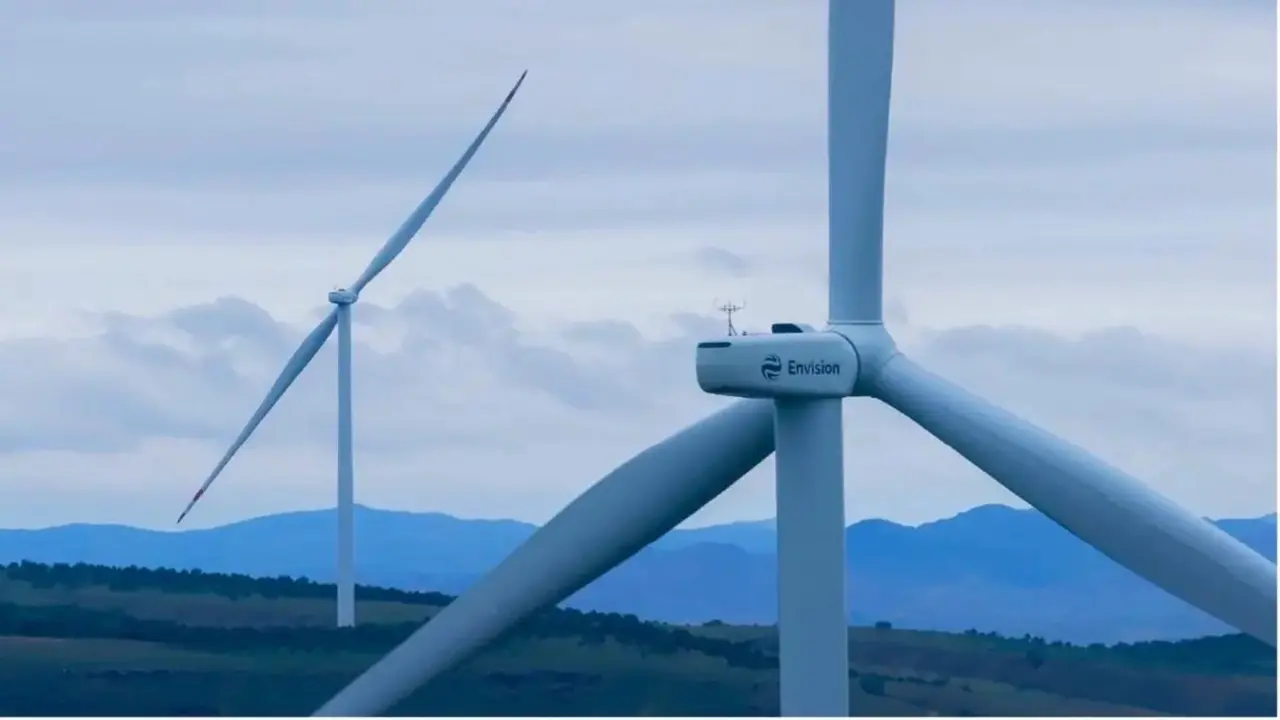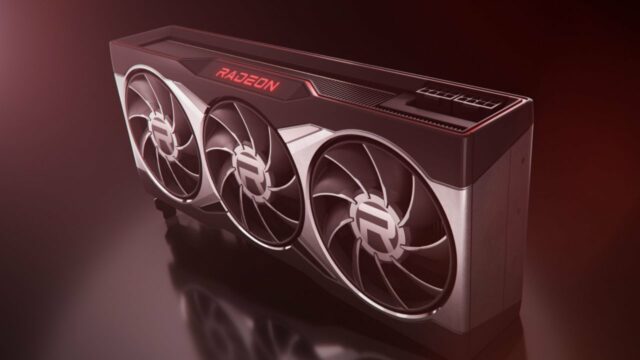Chinese renewable energy company Envision Energy has announced the performance results of its two-bladed onshore wind turbine prototype, which it has been developing for many years. The company announced that the turbine, which has been tested for over 500 days, has achieved a 99.3% operational rate and that the system produces energy equivalent to traditional three-bladed turbines.
Chinese companies are building two-bladed wind turbines
According to the announcement, the two-bladed turbine has produced 3,048 full-load equivalent hours per year. This represents a similar output compared to three-bladed turbines operating at the same site. Operating with a mean time between failure of 2,444 hours, the system’s performance demonstrates that it has overcome the problems of instability, vibration, and load distribution that have plagued two-bladed designs for years.

The turbine was developed based on Envision’s Model X platform. Utilizing high-speed Doubly Fed Induction Generator (DFIG) technology, the system enhances both performance and stability. The lightweight turbine’s suitability for modular installation creates new opportunities for remote and infrastructure-limited regions. The company’s statement emphasized that the turbine is ready for market entry, both from an engineering and commercial perspective.
Envision Energy tested the prototype at its own smart wind energy validation center. The turbine was subjected to various scenarios on multi-axis load test platforms. The system was released to the public after passing long-term durability tests.
Two-bladed turbines have previously received limited interest in the industry. Due to vibration and engineering constraints, most manufacturers have turned to three-bladed designs. However, Envision has been working on this concept since 2012.
The first prototype, the 3.6-megawatt Game Changer, developed at its Global Innovation Center in Denmark, laid the groundwork for today’s success. The company’s Senior Vice President, Lou Yimin, stated that these turbines could enable wind energy investment, particularly in markets with limited infrastructure.
Envision’s system challenges the prevailing three-bladed approach to wind turbine design. With advantages such as fewer components, lower cost, and a lightweight construction, two-bladed turbines are expected to create a new competitive edge in the energy sector.













